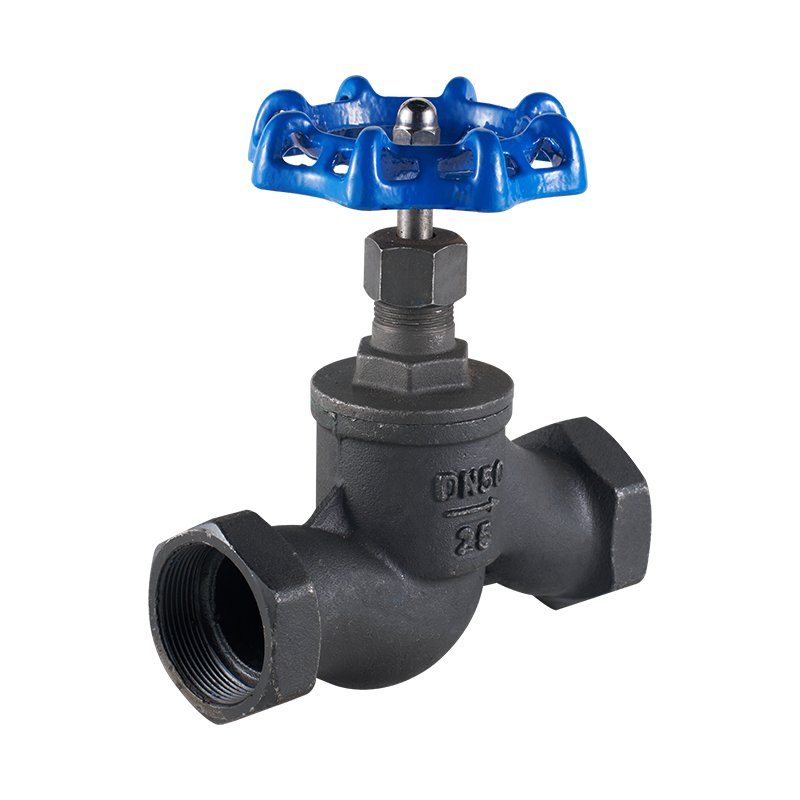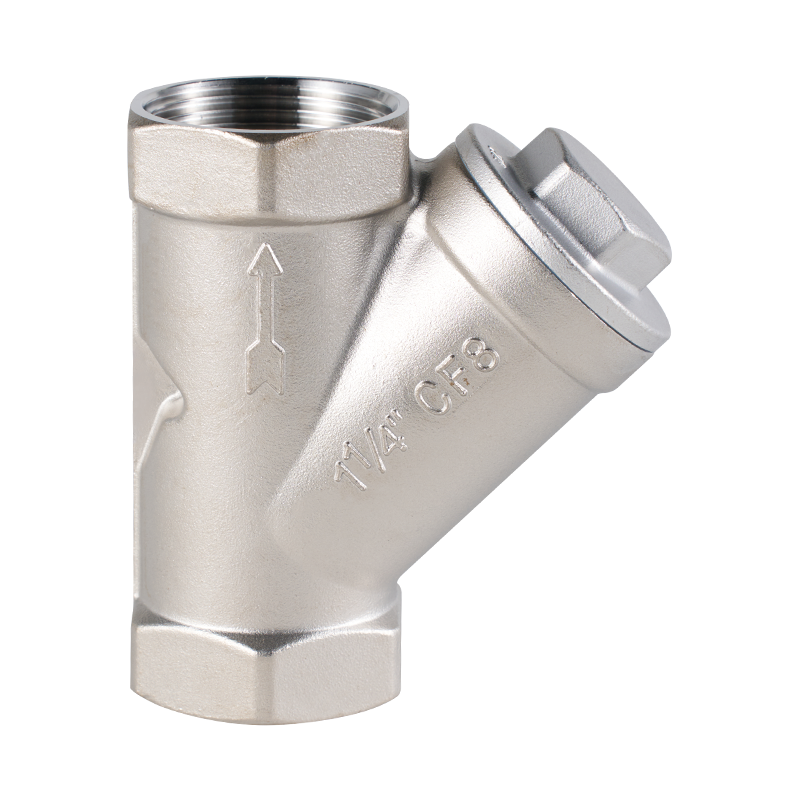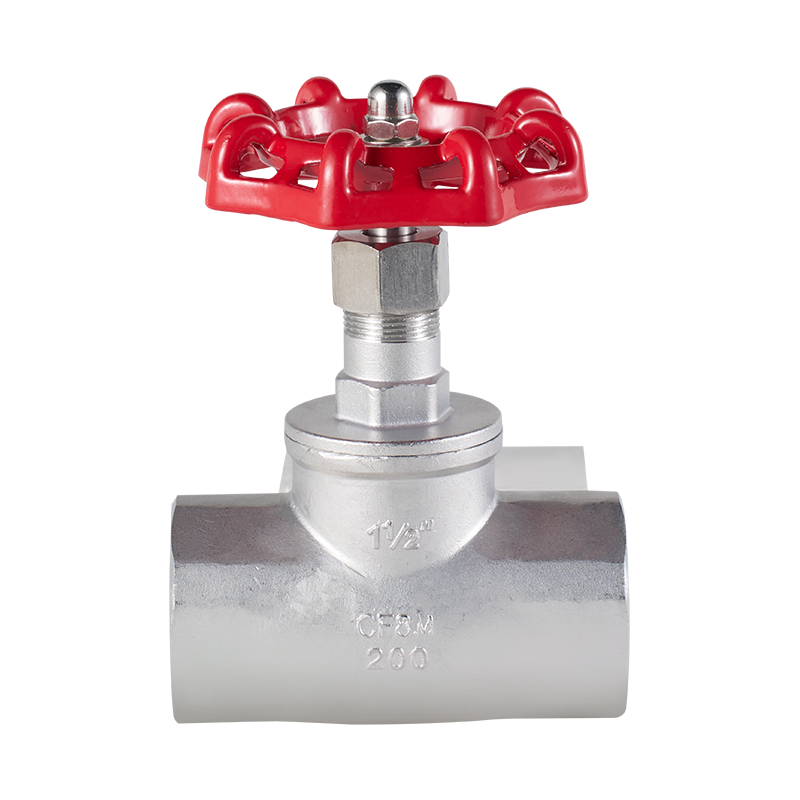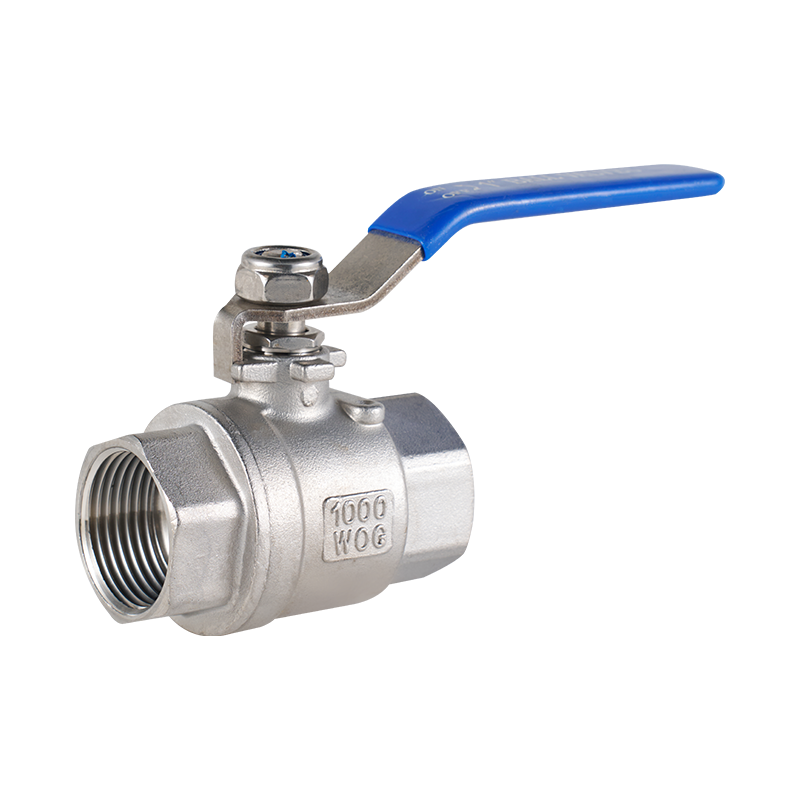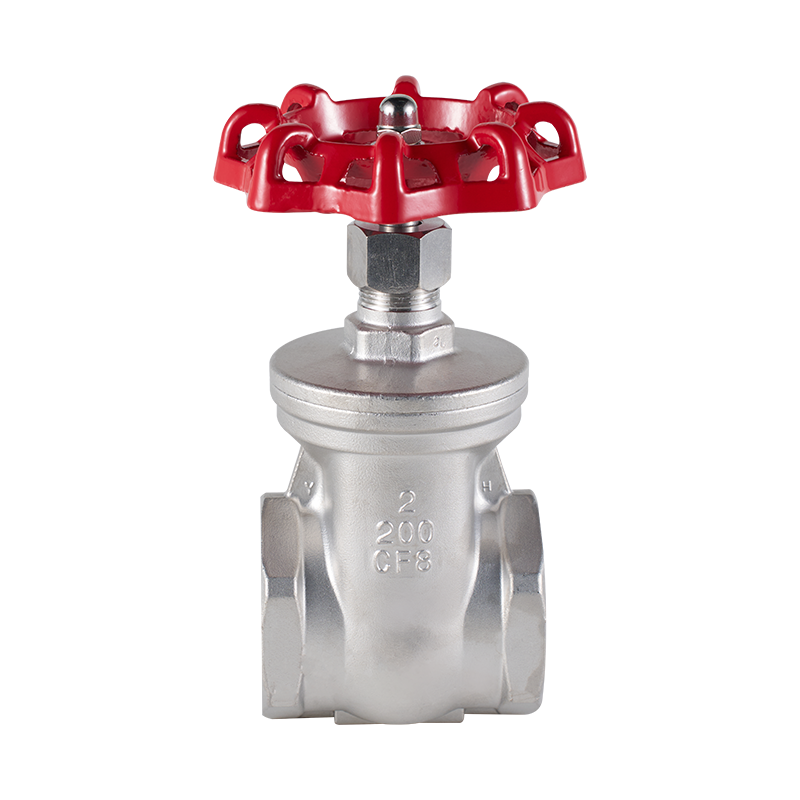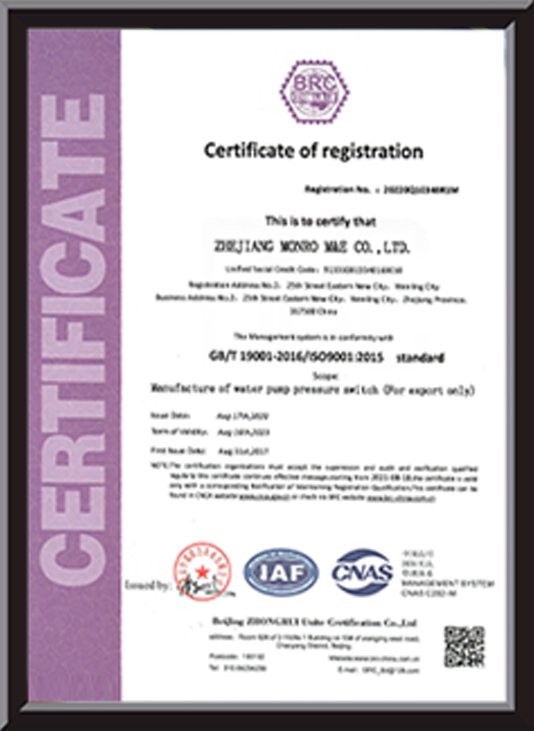Understanding the differences between a cast steel ball valve and its flanged variants is crucial for safe and efficient pipeline ...
READ MOREZhejiang Xiongxiang Valve Co., Ltd. was established in 2017 and is located in Wenzhou City, Zhejiang Province, with convenient transportation. It is a company specializing in the production of valves and filters.
High Pressure Threaded Filter Supplier
Threaded valve is a commonly used valve, which has the advantages of simple structure, easy installation and maintenance, good sealing performance, etc.
1.Ease of Operation:
Threaded valves are designed for ease of operation, making them a popular choice for applications where frequent opening and closing are required. Their simple design allows for straightforward operation, reducing the need for complex mechanisms.
2.Quick Operation:
One of the key advantages of threaded valves is their quick operation. They can be easily opened or closed by turning the valve handle, which is particularly beneficial in situations where rapid response is necessary.
3.Manual Operation:
Threaded valves often operate manually, which is an advantage in environments where power sources are not readily available or where automation is not required. This manual operation feature makes them versatile and suitable for a wide range of applications.
4.Low Maintenance Operation:
The operation of threaded valves is generally low maintenance, as they have fewer moving parts compared to other types of valves. This reduces the frequency of maintenance and repair, thus cost savings over time.
5.Reliable Operation:
The reliability of operation is a significant advantage of threaded valves. They are designed to withstand the wear and tear of regular use, ensuring that they continue to operate effectively even in demanding conditions.
6.Versatile Operation:
Threaded valves can operate in various positions, including horizontal, vertical, or at an angle, providing flexibility in installation and use. This versatility allows them to be used in a wide range of applications and environments.
7.Compact Operation:
The compact design of threaded valves allows for easy operation in tight spaces where larger valves might not fit. This compactness is an advantage in confined areas where space is at a outstanding.
8.Cost-Effective Operation:
Threaded valves offer cost-effective operation, as they are often less expensive to purchase and maintain compared to other types of valves. This makes them an attractive option for budget-conscious projects.
9.Safe Operation:
The operation of threaded valves is generally safe, as they can be easily handled and do not require special tools or equipment to operate. This safety feature is particularly important in industries where worker safety is a priority.
10.Efficient Operation:
The efficient operation of threaded valves is another advantage, as they can control fluid flow with less pressure drop. This efficiency helps to reduce energy costs and improve the overall performance of fluid control systems.
11.Durable Operation:
Threaded valves are designed for durable operation, with materials that can withstand the corrosive effects of various fluids. This durability ensures that the valves will continue to operate effectively over a long period, even in harsh conditions.
12.Easy to Operate in Corrosive Environments:
Threaded valves can be made from materials that resist corrosion, making them easy to operate in environments where other types of valves might fail. This resistance to corrosion is a significant advantage in chemical processing and other industries where corrosive fluids are common.
13 Simplicity of Operation:
The simplicity of operation is good advantage of threaded valves. Users with less training can operate these valves, reducing the need for specialized personnel and training costs.
Threaded valves stand out for their versatility, ease of installation, and operability.It is an essential equipment in many industries.I believe you will like them.

With high-quality products, good reputation and high-quality service, our products sell well in more than 20 provinces, cities and autonomous regions in China. We sincerely cooperate with domestic and foreign merchants for win-win cooperation, common development and common prosperity.
If you are interested in any of our products or have the intention to order, please feel free to contact us.
-
-
Understanding the differences between a cast steel ball valve and its flanged variants is crucial for safe and efficient pipeline ...
READ MORE -
Following proper installation and maintenance procedures is essential for maximizing the performance and service life of cast stee...
READ MORE -
Proper selection of cast steel ball valve size and pressure rating is critical for ensuring reliable, safe, and efficient operatio...
READ MORE -
For industrial projects in the oil and gas sector, selecting the Correct cast steel ball valve is essential to ensure safety, reli...
READ MORE

 English
English 中文简体
中文简体



